Gladys Nilsson is a well-known identity, an artist recognized for her vibrant watercolour paintings of surreal and magical settings. Having a very long career, the Chicago-based artist has developed a particular visual language replete with strange creatures, odd settings and absurd situations.
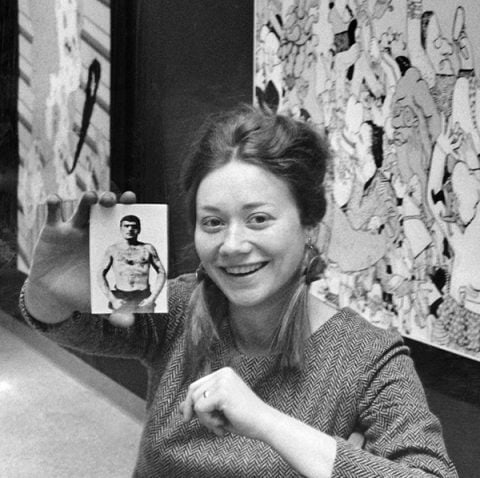
Nilsson’s association with the Chicago Imagists, a group that emerged at the School of the Art Institute of Chicago in the early 1960s, initially fuelled her artistic practice and led to her success. As a participant in the 1966 Hairy Who exhibition, she was among several artists whose contributions were recognized in the group's inaugural retrospective recently at the Art Institute of Chicago.
The Hairy Who were a group of six artists, each with their own distinct figurative style, who were brought together by their education, sense of humour, extensive knowledge of art history, and utilization of sources including comic books, tattoo art and circus memorabilia. The group was known for their contributions to the development of the Chicago Imagist art movement, which was a response to the prevailing trends of abstract expressionism and minimalism in the art world at the time. Along with Nilsson, the group consists of other artists such as Jim Falconer, Art Green, Jim Nutt, Suellen Rocca and Karl Wirsum.
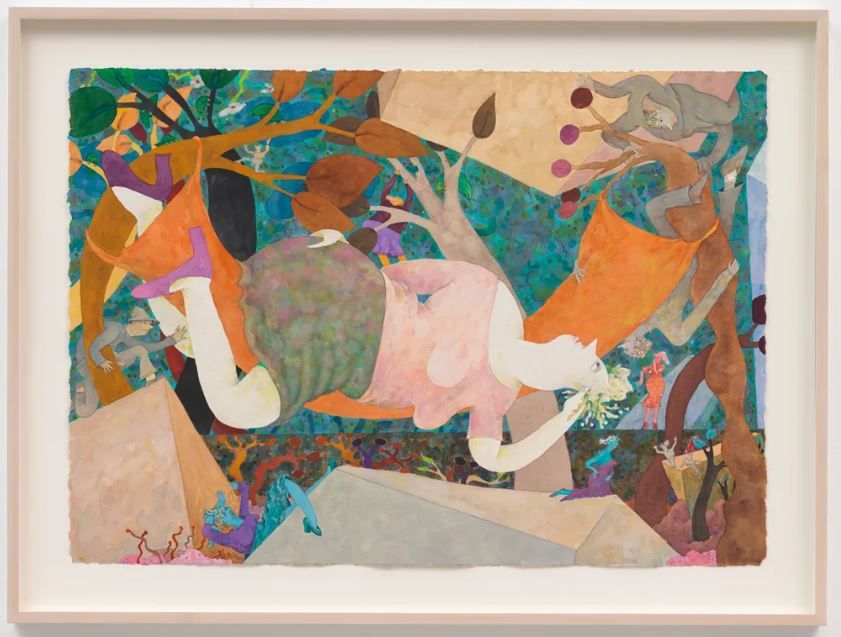
Nilsson's artworks share both formal innovation and strange imagery with other Chicago Imagists, including Green, Wirsum, and Nutt. Her adornments can sometimes be incapacitating.
Nilsson's art's playful and surreal nature often incorporates themes and ideas related to gender equality, diversity and environmental concerns, which align with some of the United Nations Sustainable Development Goals.
Through the depictions of a surreal and chaotic scene that could be interpreted as a commentary on the state of the environment in her artworks, Nilsson also brings attention to other Sustainable Development Goals for Clean Water and Sanitation, Responsible Consumption and Production as well as Climate Action.
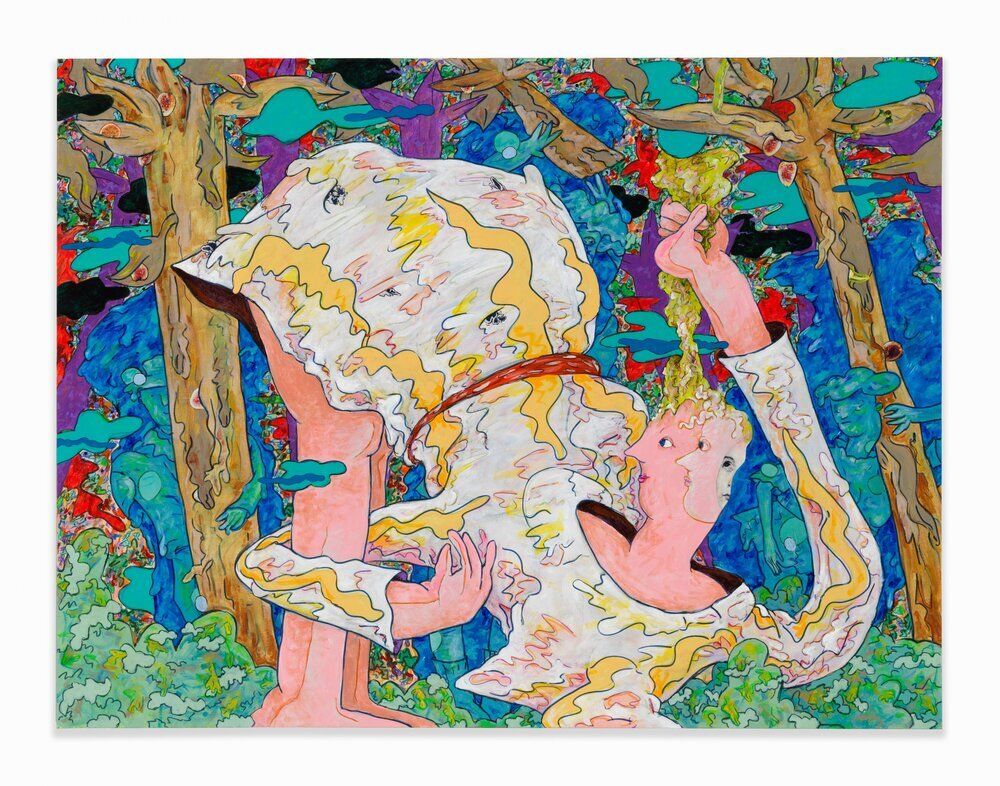
Few of her paintings seek to promote the United Nations Sustainable Development Goals for Gender Equality and the full involvement of women and girls in all spheres of life. For instance, in her artwork, Our Picnic (1971), she features several women in relaxed and comfortable poses, which could be seen as challenging traditional gender roles.
Being a female artist who has spent decades navigating the male-dominated art scene, Nilsson recognizes the importance of fostering a more inclusive and equitable society.
“When I was in the gallery showing all my new works in the show you mentioned I saw all the figures - and that means mainly, the women – are much larger than the spaces they were allotted. Like Tidy Up! (2018). If she unfolded or straightened up, she’d be bigger than the canvas. That’s something I’m playing with now, and enjoying. The older I get, the bigger I want these women to be,” said Nilsson in an interview with Frieze Magazine in response to her artworks being showcased in recent exhibitions and galleries.
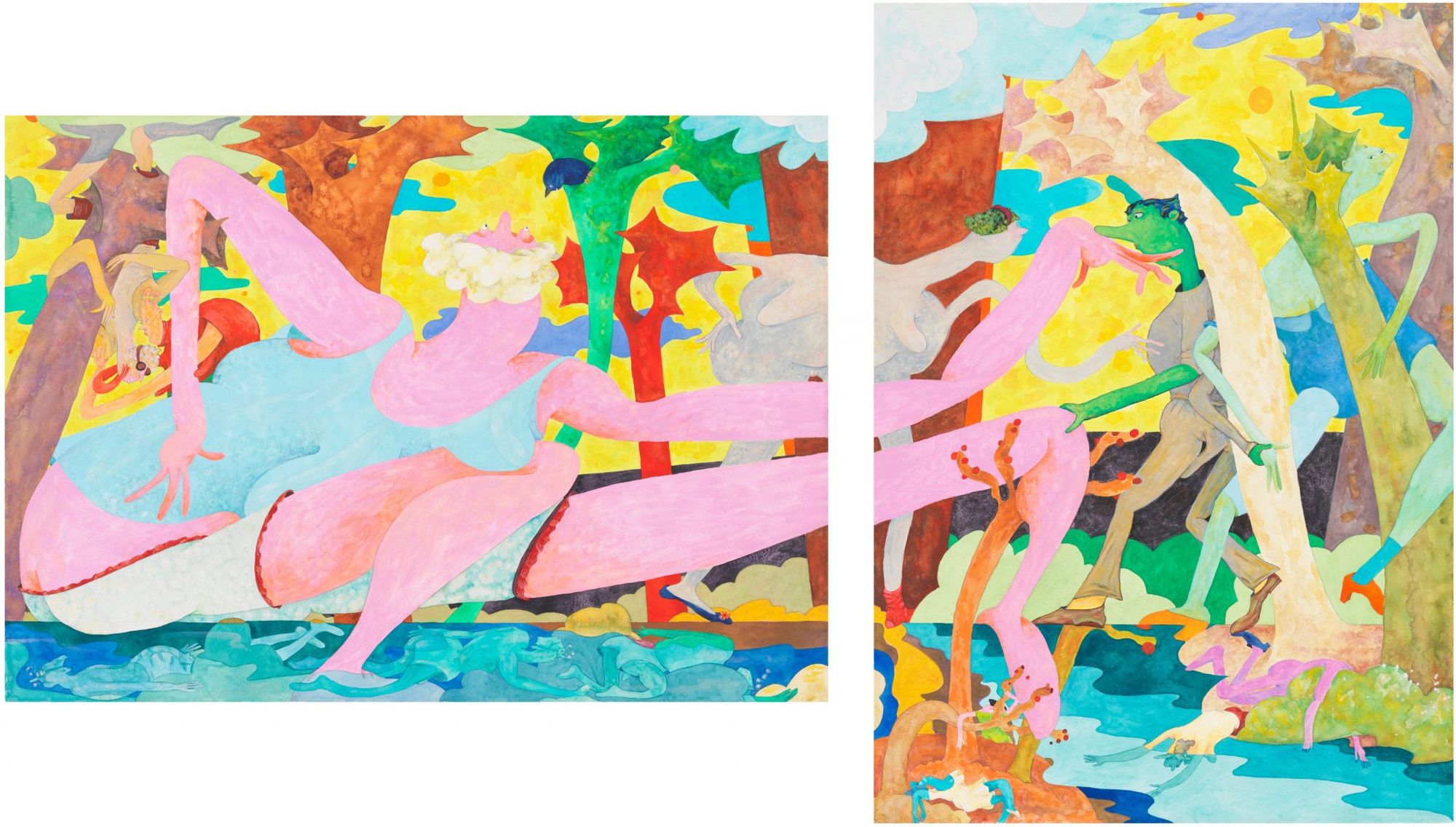
Nilsson has always had a passion for painting, often drawing inspiration from her daily life. She prefers to lead a normal life and her art often reflects her surroundings. In her recent interview with Frieze Magazine, she expressed that her work is focused on capturing the small moments of everyday life, rather than major events that have a global impact.
“My work has always been about small things that happen in the day rather than earth-shattering events in the world,” said Nilsson.
Her painting style is distinctively unique, as she exclusively used watercolours to create her artwork. For instance, she often depicts trees in unconventional ways, such as showing them bending or leaning as they grow and change. Strange relationships seem to be developing with people as well in regard to her painting which human noses appear to be unconventionally growing longer.
“When I’m doing my watercolours, I get a great deal of satisfaction out of the manipulation of the paint. I know exactly what I want to do and how to do it. And after you do it, it’s just very pleasing,” expressed Nilsson in an interview with Ross Simonini.
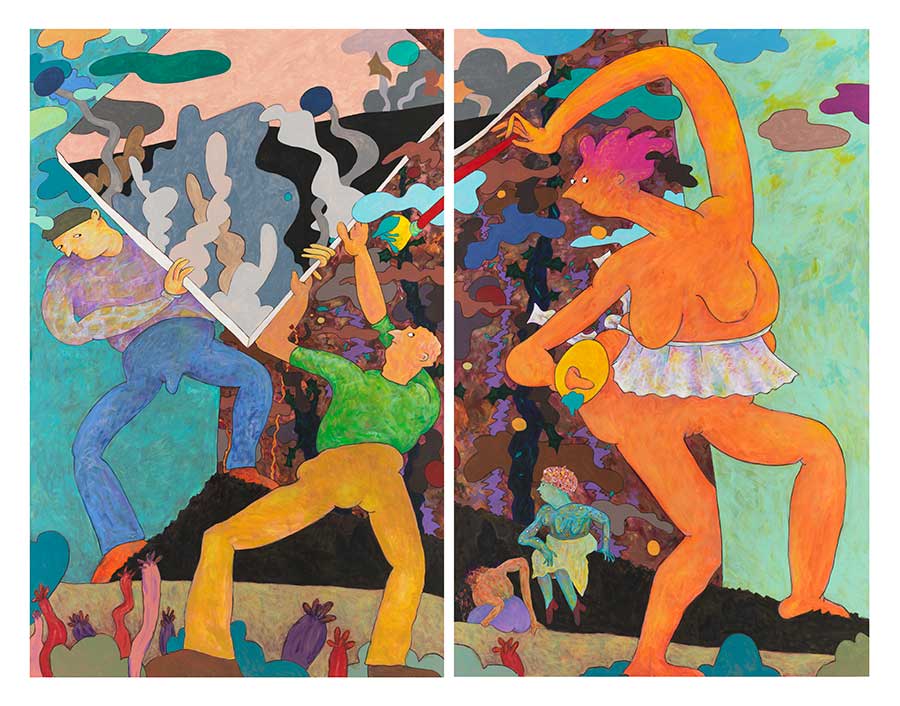
Through her paintings, Nilsson has always been able to beautifully express her thoughts and feelings. Since childhood, she has had a vivid imagination, using art as a medium to convey her innermost thoughts and concerns.
People's attitudes and behaviours can be inspired by and influenced by artists and other creatives in a special way. With their efforts, they can spread awareness of crucial topics, combat prejudice and stereotypes, and promote empathy and understanding among different cultures and communities, Gladys Nilsson is one such artist who reflects these notions in the work she produces.
Through their artistry, artists can motivate their audiences to take action and change the world for the better through their work, advocacy, or personal deeds. Gladys Nilsson is an admirable illustration of an artist who makes use of her platform and skills to advance these ideas. Nilsson demonstrates how art can be a potent vehicle for change and that artists have a crucial role to play in building a more sustainable future by adhering to the objectives and fighting for a more just and equal world.
